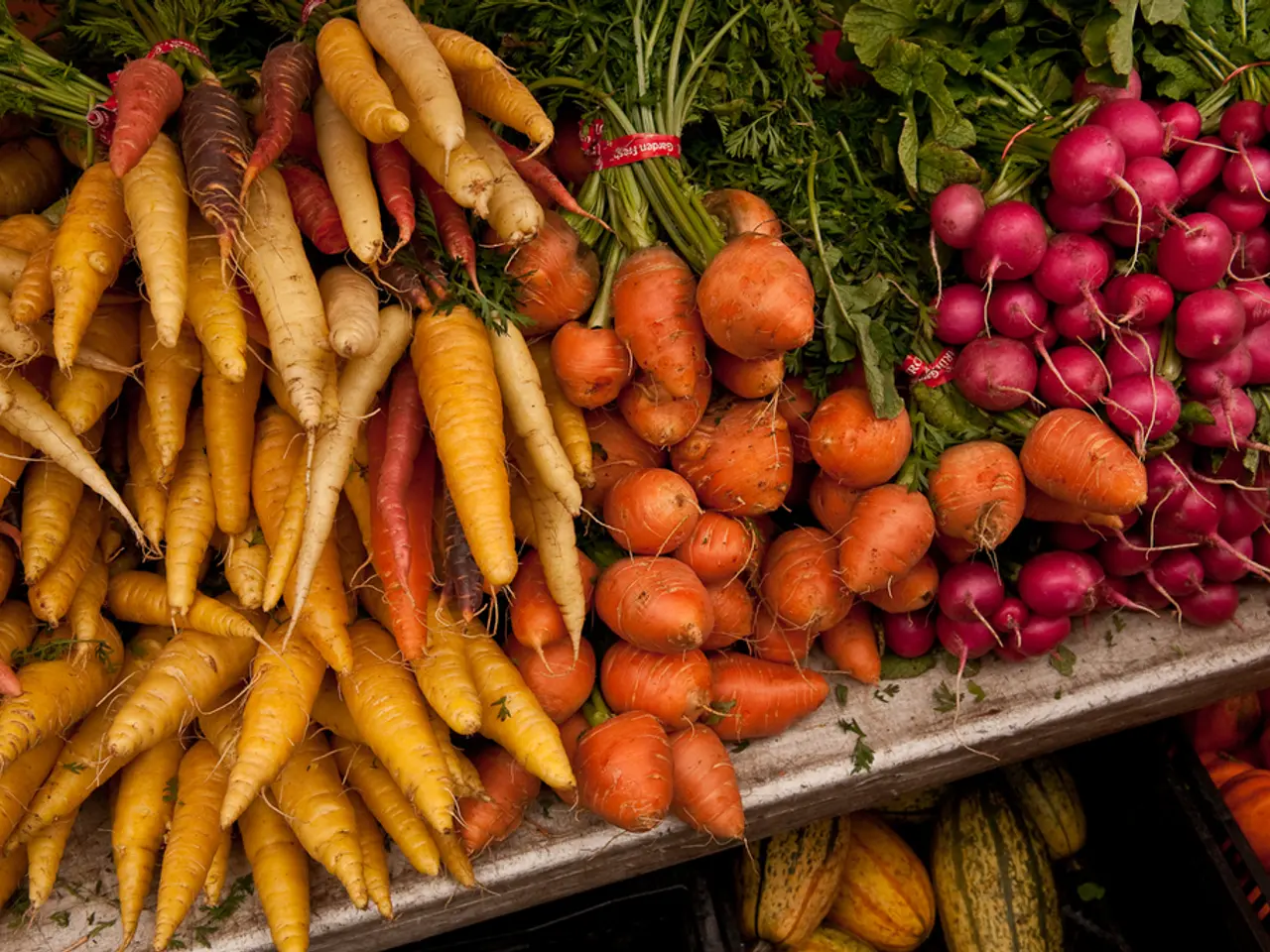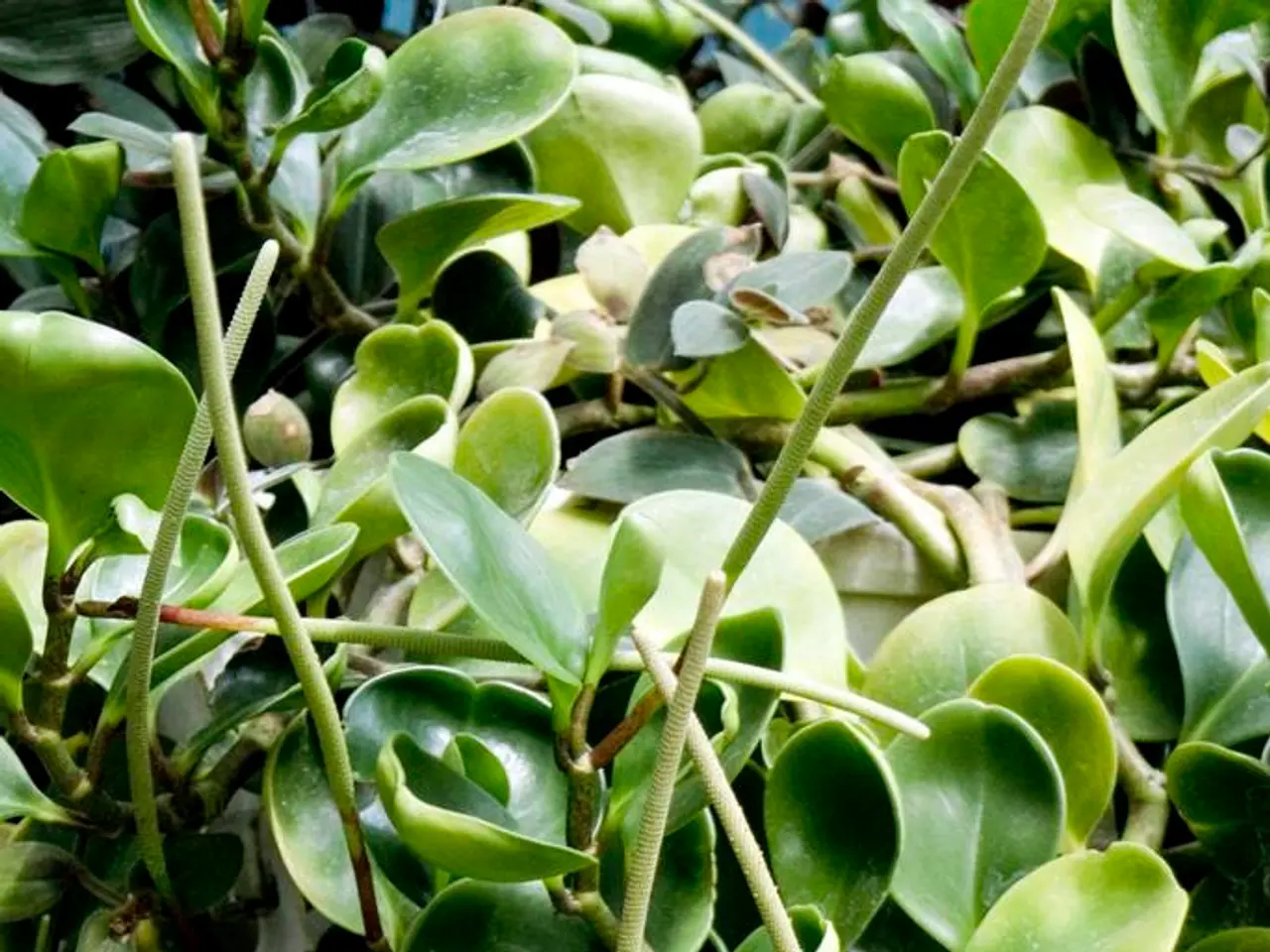Unharmonious Balcony Vegetation: Why Tomatoes Dislike Certain Plant Species
Tomatoes and Your Balcony Garden: What to Plant and What to Avoid
Gardening with tomatoes on the balcony requires careful consideration of your plant buddies, as certain plants can hinder their growth.
Lover of all things juicy and flavorful, the tomato is a favorite among gardeners. But this delicate diva needs the perfect setup and the right pals to thrive. Whether you're a rookie or a pro, here's the lowdown on planting tomatoes on your balcony.
Friendly Companions
Aim for a mixed culture when cultivating tomatoes on your balcony, like in a vegetable or raised bed. This blend of plant species enhances not only tomato growth but also the health of the other plants involved. Basil, bush beans, carrots, garlic, lettuce, leeks, parsley, loose-leaf lettuce, radishes, red beets, salad, chives, celery, spinach, and onions make for excellent tomato companions. Basil keeps pests at bay and can even enhance tomato taste, while garlic and onions ward off troublesome critters with their pungent aroma.
For added protection, consider planting nasturtiums and marigolds. Nasturtiums distract pests from the tomatoes, while marigolds reduce soil pests.
Plant Predators
Avoid peas, fennel, eggplants, and potatoes as neighboring plants for your tomatoes. Peas have space requirements that can hinder the growth of tomatoes, and both plants release harmful substances into the soil.
Fennel is another culprit, as it releases chemicals that stunt tomato growth. Potatoes and eggplants pose problems because they are relatives within the nightshade family and are susceptible to the same diseases.
Competition for nutrients and light may take its toll on tomato plants, so keep cabbages, runner beans, corn, and cucumbers at a distance from your tomatoes as well.
The Glycoside Juglone and Walnut Trees
Make sure to plant your tomatoes a safe distance from any walnut trees in your garden. Walnut trees contain juglone, a coloring glycoside that impairs the photosynthesis of neighboring plants.
So, while tomatoes do have their preferences and demands, with a bit of planning and the right mix of plant buddies, you can create the perfect environment for them to flourish on your balcony. Happy gardening!
[1] "Tomato Companion Plants: What to Plant with Tomatoes." Organic Authority. https://www.organicauthority.com/natural-health/tomato-companion-plants-what-to-plant-with-tomatoes/
[2] "Tomato Plant Spacing and Companion Planting." North Dakota State University Extension. https://www.ag.ndsu.edu/plantsci/gardening/vegetables/tomato-plant-spacing-and-companion-planting
[3] "Companion Planting with Tomatoes." Ohio State University Extension. https://ohioline.osu.edu/factsheet/hyg-3914
[4] "Tomato Companion Planting: Do Some Plants Help or Hurt Your Garden Tomatoes?" Gardener's Path. https://www.gardenerspath.com/vegetable-gardening/companion-planting/tomato.cfm
[5] "Tomato Companion Planting: The Good, the Bad, and the Ugly." Edible Gardener. https://www.ediblegardener.com/tomato-companion-planting-the-good-the-bad-and-the-ugly/
Tomatoes will thrive more on the balcony when cultivated with friendly companions such as basil, garlic, lettuce, radishes, chives, celery, spinach, and onions, all of which can enhance their growth and ward off pests (home-and-garden). Meanwhile, it's best to avoid planting tomatoes near peas, fennel, eggplants, potatoes, cabbages, runner beans, corn, cucumbers, and walnut trees, as these plants may hinder tomato growth (lifestyle, gardening).







